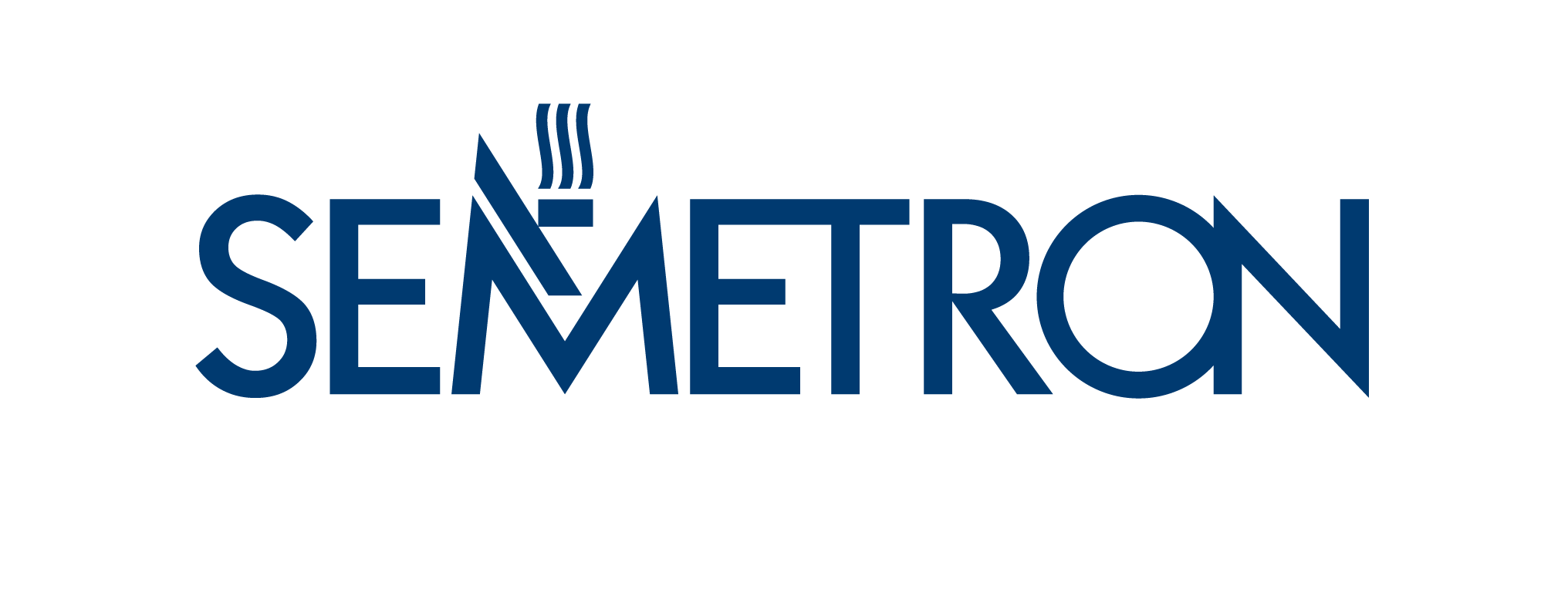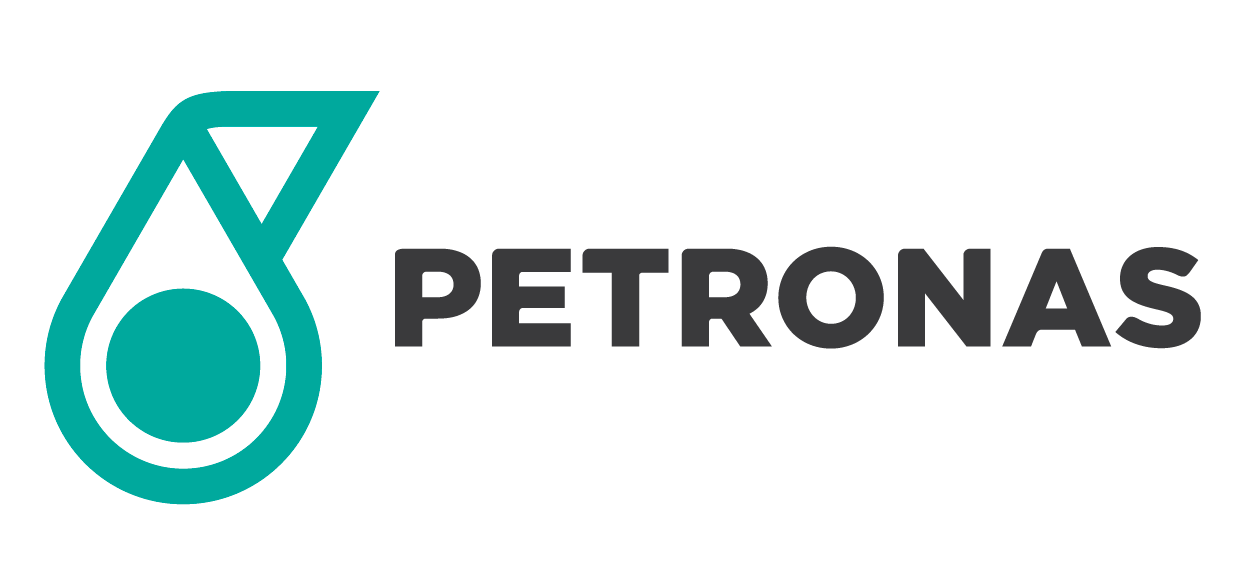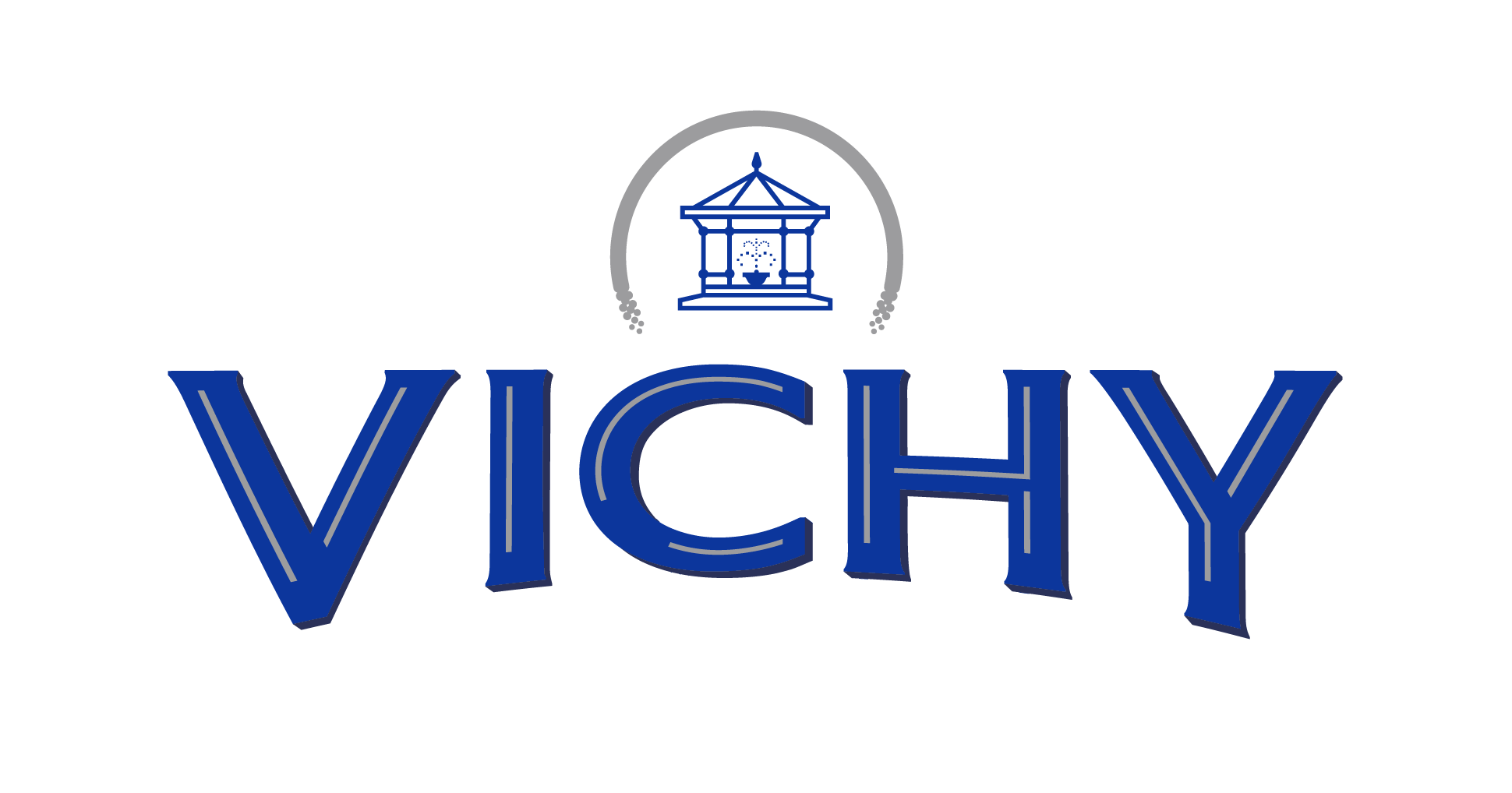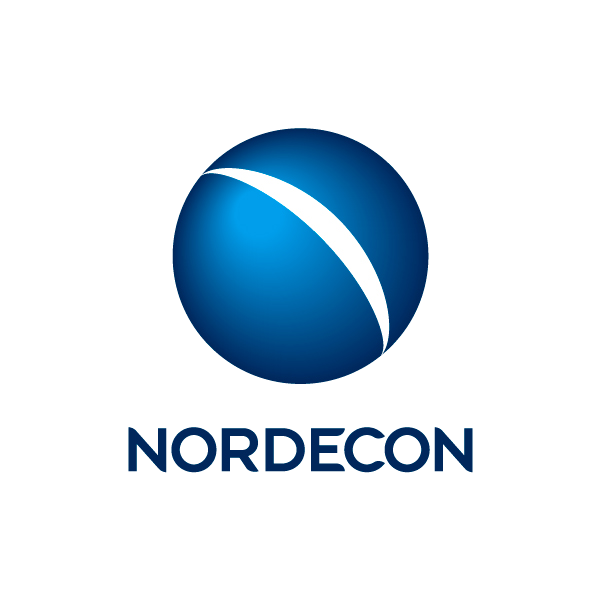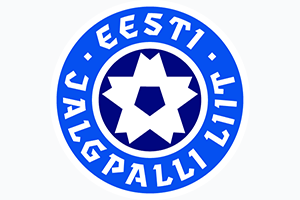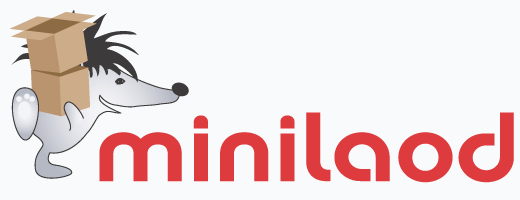We thank the major sponsors
Priit Meier has served in missions in Afghanistan in 2008 and 2013.
How did your career in the Defence Forces begin?
My career in the Defense Forces began in July 2007 when I enlisted in an artillery battalion. There was no direct motive, I went as the law required all young men have to go through military service.
When and where was your first mission?
The first mission was in Afghanistan in 2008 as part of Estcoy-6. It is worth noting the fact that I was part of the first mortar team, which was largely made up of Artillery Battalion people and conscripts. While some went to Kevadtorm as conscripts, a handful of other men and I went on a mission at the same time.
On the mission, I performed the duties of a team leader.
The second mission was in 2013, also in Afghanistan, where I was already the commander of a fire support group (mortar group), i.e. an officer.
What were your tasks on the mission and what did your daily activities consist of?
There have been many and various tasks. For me, the main thing was to be responsible for my team and subordinates and bring them back home safely. Daily activities were according to the situation – routine, keeping watch, going on patrol, going to operations.
What was the biggest challenge while on the mission?
The biggest challenge for me was always how to complete the tasks in such a way that all the men remained safe.
Who was left waiting at home and how often was it possible to communicate with your loved ones?
The family was waiting; the parents and grandparents. Luckily there were no more serious close relationships while going on the missions which made it easier to be away.
During the first mission, you could communicate with your family members via satellite phone for 10 minutes once a week and sometimes also use the Internet. During the second mission you could communicate with your family members via the Internet on a daily basis.
What was the main takeaway from the mission experience?
I think the main things the missions have taught me were how to deal with routine and difficulties, how to find solutions in difficult situations and how to value time.
Why is wearing the Blue Hepatica important?
By wearing a Blue Hepatica we recognize those who are not talked about so much on a daily basis and who actually ensure the functioning and security of the country.
We thank the major sponsors and sales partners




We thank the sponsors and partners
